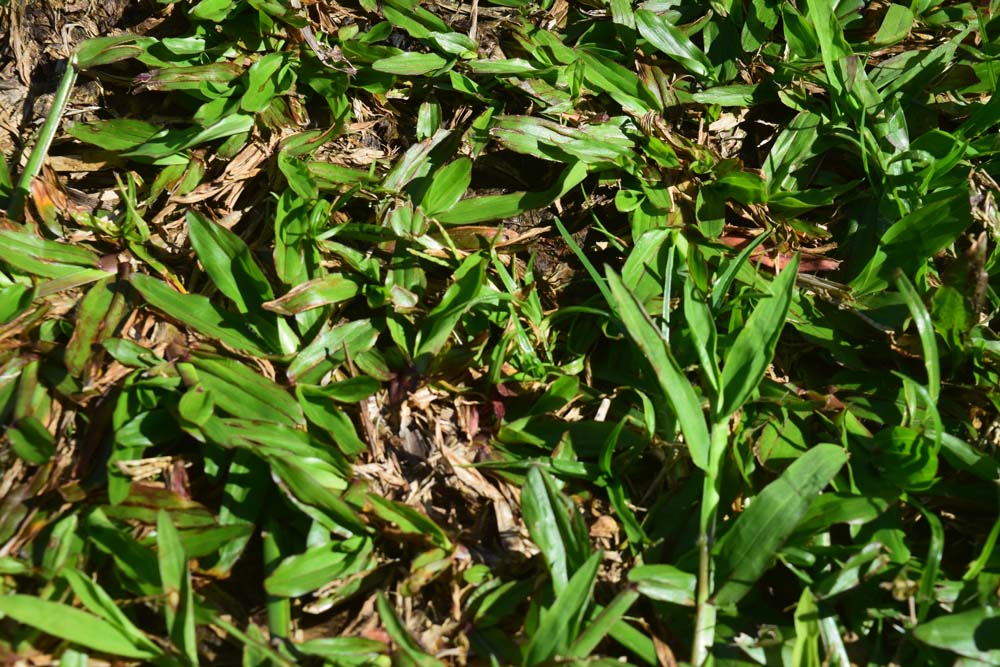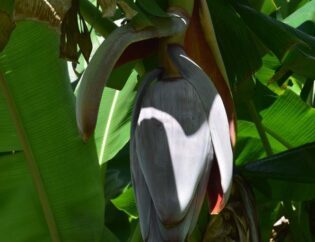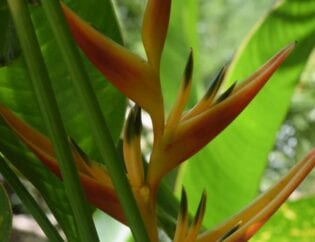
A healthy lawn can add a lot to a home’s value and curb appeal. Conversely a yellowing and dead lawn can negatively impact your homes’ value and aesthetics. If you are asking yourself why your grass is yellow or why your lawn has brown spots- we have answers. Here are some common causes of turf trouble.
Fungal Diseases
There are many pests and diseases that target your turf. Fungal diseases like dollar spot, fusarium blight, rhizoctonia, summer patch, and spring dead spot can all cause yellow or dead-looking patches. Long periods of warm, moist conditions can make your lawn susceptible to fungal pathogens. Fungicides may help keep the problem at bay but to resolve the issue, make sure your lawn has good drainage and a properly adjusted irrigation system to prevent the soil from becoming water-logged. Using an irrigation system with a rain sensor will prevent over-watering during rain storms.
Irrigation
Proper irrigation is key to keeping your lawn green and thriving. A common problem is uneven irrigation distribution. This can cause some areas to pool and remain soggy while other patches don’t get enough water and dry out. These irrigation problems can cause dead spots and yellowing in your yard. Grass can become susceptible to fungal diseases when it gets overwatered while becoming water-stressed in another spot. Both issues can easily be resolved by diagnosing the issue with your landscaper or irrigation specialist. If you believe this may be the cause of your yellow spots, get in contact with your service company and schedule a systematic check of your irrigation.
Nutrient Deficiencies
Proper fertilization is key to maintaining a healthy lawn. Nutrient deficiency will result in a unattractive discoloration as well as increased susceptibility to disease and lowered plant vigor. A general Here are some nutrient deficiencies that may be happening in your lawn. An all-purpose grass fertilizer like Scott’s Turf Builder Lawn Food will supply 32-0-4 nutrient profile. This means 32% of the product is Nitrogen- 0% is Phosphorus- and 4% is Potassium. Plants need Nitrogen to build Chlorophyll and Chlorophyll makes plants green. Applying the appropriate amount of nitrogen will help to maintain a vibrant green lawn. Phosphorus stimulates root growth and is important for seed germination. Potassium is needed for building cell walls which in turn help grass to withstand stresses like drought and disease.
- Nitrogen is the most common nutrient deficiency in lawns. Yellowing grass may be a sign of nitrogen deficiency.
- Iron deficiency is common in high pH soils. Turf grass tolerates a pH between 6.5 and 7. Grasses with iron deficiency will have newer leaves that are turning yellow to white.
- Phosphorus deficiencies can cause leaves to turn purple-ish along the edge of the grass blade.
- Potassium deficiency can be seen in older leaves that show yellowing, rolling, and burning of the leaf tip.
You may want to consider a professional soil analysis to determine which nutrients are lacking in your soil and can provide you with information about what to add to your soil to maintain an ideal soil pH. Your local agricultural extension office may offer soil tests for a small fee.
Drought
Inadequate water can cause your lawn to lose its’ luster and prolonged drought can cause permanent damage. Grass naturally goes dormant after two to three weeks without water, and most lawns can tolerate drought for four to six weeks, although they will turn brown. However, extended periods of hot, dry weather may kill the lawn.
If drought is common in your area, you may consider planting drought tolerant native plants. These plants look great even without irrigation. If you live in Hawaii, check out the drought tolerant plants on the Plant Pono website for some great options or contact your landscaping professional for help.
Solution
Now that we have gone over some possible reasons why your lawn may be having yellow spots, dead spots, and or brown patches. You may start to conduct a regime to get your yard back to its greener glory. Some of the solutions we went over include.
- Fungal/bug control using recommended pesticides
- Installation of quality irrigation
- Fertilizing
Overall the most important key to your yard is water and proper maintenance. A quality irrigation system will prevent yellow spots and landscaping maintenance can help keep pests away.









